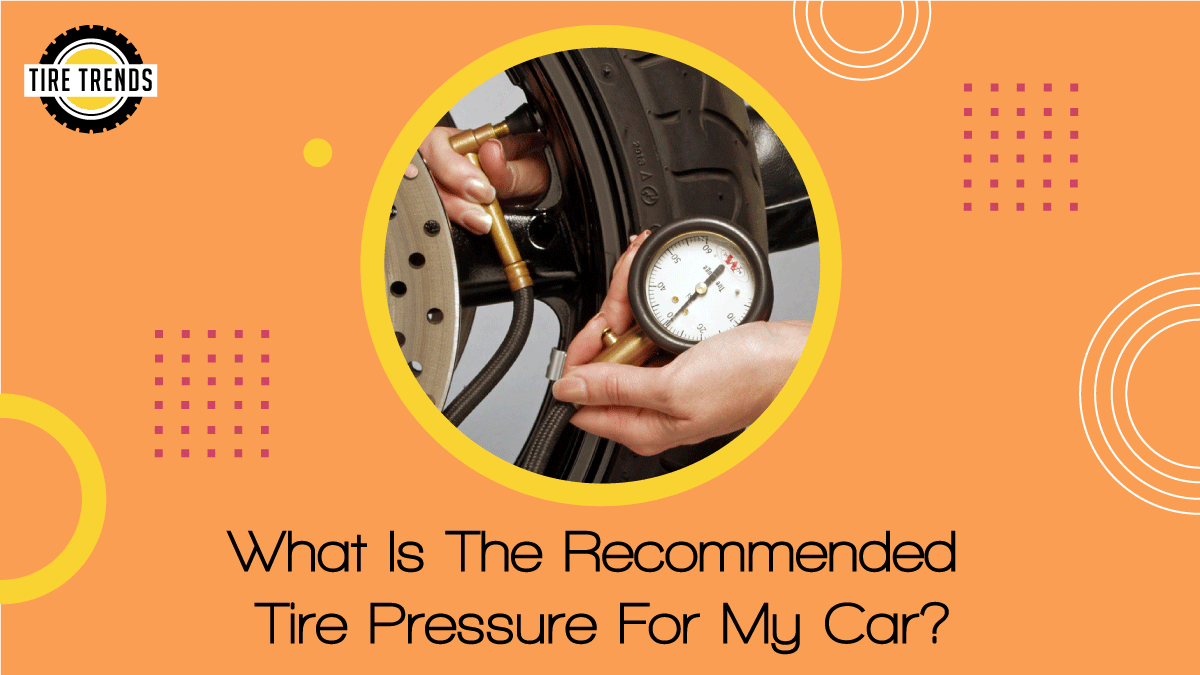The recommended tire pressure for every car varies based on the tyre of the car and also its weight. As a rule of thumb,
- The recommended tire pressure for an SUV in the weight category of 4000-5000 lbs is 35 psi.
- The recommended tire pressure for a hatchback in the weight category of 2500-3000 lbs is 32 psi.
- The recommended tire pressure for a sedan in the weight category of 3500-4000 lbs is 33 psi.
- The recommended tire pressure for a truck in the weight category of 6000-7000 lbs is 40 psi.
Tire pressure is an essential aspect of vehicle maintenance that is often overlooked. Maintaining the correct tire pressure is not only crucial for safety but also affects fuel efficiency and overall vehicle performance.
In this ultimate guide, we will explain everything you need to know about recommended tire pressure, including why it matters, how to check and adjust tire pressure, and the benefits of maintaining the correct tire pressure.
What is Tire Pressure, and Why Does it Matter?
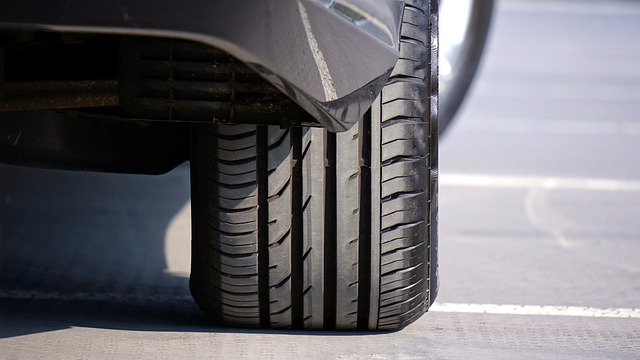
Tire pressure refers to the amount of air pressure in your tires, which supports the weight of your vehicle and allows it to move smoothly on the road. Maintaining the correct tire pressure is crucial for several reasons:
- Safety: Underinflated tires can lead to increased stopping distance, reduced handling, and even tire blowouts, which can cause accidents.
- Fuel efficiency: Overinflated or underinflated tires can cause increased rolling resistance, leading to decreased fuel efficiency.
- Overall vehicle performance: Maintaining the recommended tire pressure ensures optimum tire performance and extends the lifespan of your tires.
According to the National Highway Traffic Safety Administration (NHTSA), underinflated tires contribute to over 600 fatalities and 33,000 injuries annually in the US. Therefore, checking your tire pressure regularly and maintaining it at the recommended level is crucial.
How to Check and Adjust Tire Pressure
Checking your tire pressure is a simple process that can be done with a tire pressure gauge. Here are the steps to follow:
- Ensure that your vehicle is parked on a level surface and the tires are cold (not recently driven).
- Remove the valve cap from one of your tires and insert the tire pressure gauge into the valve stem.
- Press down firmly on the gauge to get an accurate reading.
- Repeat the process for all four tires, noting down the readings for each.
Once you have your tire pressure readings, you can adjust them to the recommended level. The recommended tire pressure for your vehicle can usually be found in the owner’s manual or on a sticker located on the driver’s side door jamb. Here’s how to adjust your tire pressure:
- If your tire pressure is too low, use an air compressor to inflate the tire to the recommended level.
- If your tire pressure is too high, release air from the tire using the valve stem and recheck the pressure until it reaches the recommended level.
It is essential to check your tire pressure regularly and adjust it as needed, especially before long trips or during changes in weather.
Understanding Recommended Tire Pressure
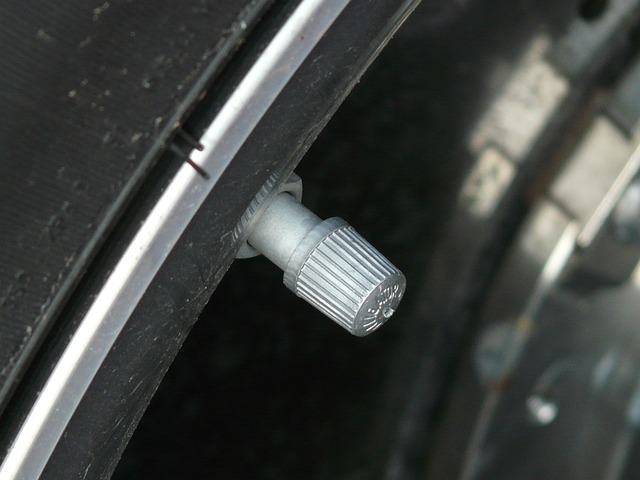
The recommended tire pressure for your vehicle is based on several factors, including the type of vehicle, tire size, and driving conditions. It is crucial to follow the manufacturer’s recommended tire pressure to ensure optimum tire performance and safety.
Here are some common misconceptions about tire pressure and why following the manufacturer’s recommendations is important:
- “I can inflate my tires to the maximum pressure listed on the sidewall.” The maximum pressure listed on the sidewall is the tire’s maximum capacity, not the recommended pressure. Inflating your tires to the maximum pressure can lead to decreased handling and increased wear on the tire’s center.
- “I can eyeball my tire pressure.” Eyeballing your tire pressure is not an accurate method of determining tire pressure. It is crucial to use a tire pressure gauge for accurate readings.
Here is a chart showing recommended tire pressure for different types of vehicles and driving conditions:
Recommended Tire Pressure Chart
| Vehicle Type | Weight Category | Tire Type | Tire Size | Driving Conditions | Recommended Tire Pressure |
| Compact Sedan | Up to 3,000 lbs | All-Season | 185/65R15 | Normal | 30-32 psi |
| Compact Sedan | Up to 3,000 lbs | Summer | 185/65R15 | High-speed | 33-35 psi |
| Midsize Sedan | 3,001-3,500 lbs | All-Season | 205/55R16 | Normal | 32-34 psi |
| Midsize Sedan | 3,001-3,500 lbs | Winter | 205/55R16 | Cold Weather | 35-37 psi |
| Full-size Sedan | 3,501-4,000 lbs | All-Season | 225/50R17 | Normal | 34-36 psi |
| Full-size Sedan | 3,501-4,000 lbs | Summer | 225/50R17 | High-speed | 37-39 psi |
| Crossover/SUV | 4,001-5,000 lbs | All-Season | 235/65R18 | Normal | 35-37 psi |
| Crossover/SUV | 4,001-5,000 lbs | Winter | 235/65R18 | Cold Weather | 38-40 psi |
| Pickup Truck | 5,001-6,000 lbs | All-Season | 265/70R17 | Normal | 35-38 psi |
| Pickup Truck | 5,001-6,000 lbs | All-Terrain | 265/70R17 | Off-Road | 39-41 psi |
| Heavy-duty Truck | 6,001-8,000 lbs | All-Season | 275/65R18 | Normal | 40-45 psi |
| Heavy-duty Truck | 6,001-8,000 lbs | All-Terrain | 275/65R18 | Off-Road | 46-50 psi |
| Motorcycle (Standard) | 250-1,000 cc | All-Season | 110/70R17 (front), 150/60R17 (rear) | Normal | 28-34 psi (front), 30-36 psi (rear) |
Note: This chart provides general guidelines for tire pressure based on vehicle type, weight, and driving conditions. However, it is important to follow the specific tire pressure recommendations for your vehicle as provided by the manufacturer. You can find these recommendations in your owner’s manual or on a sticker located on the driver’s side door jamb.
Check out our article on the Tire Chains if you drive in the cold and snowy weather.
Benefits of Maintaining the Correct Tire Pressure
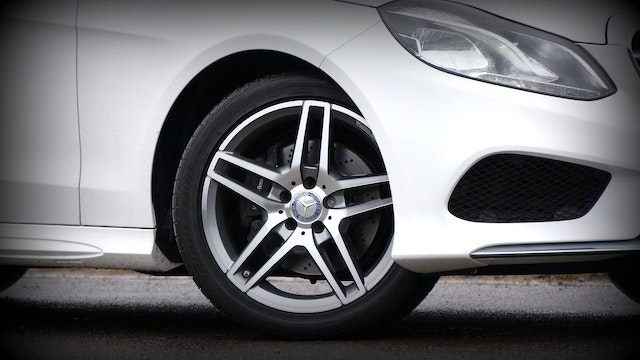
Here are some of the benefits of maintaining the correct tire pressure.
1. Improved Fuel Efficiency
Maintaining the correct tire pressure can improve fuel efficiency by reducing the rolling resistance of the tires. Underinflated tires cause more friction between the tire and the road, which makes the engine work harder to move the vehicle. This extra work requires more fuel, which means reduced fuel economy. In fact, studies show that tires underinflated by just 20% can cause up to a 10% decrease in fuel efficiency.
2. Longer Tire Life
Proper tire pressure can also extend the life of your tires. Underinflated tires put more strain on the sidewalls, causing them to flex more and wear out faster. This can lead to premature tire failure and the need for expensive replacements. On the other hand, overinflated tires wear more in the center, reducing their contact with the road and decreasing their lifespan.
3. Better Vehicle Handling and Safety
Maintaining the correct tire pressure ensures that your vehicle handles properly and is more stable on the road. Underinflated tires can affect steering and braking, making it harder to control the vehicle. In addition, they are more prone to blowouts, which can be dangerous at high speeds. Proper tire pressure can also improve traction and reduce the risk of hydroplaning in wet conditions.

4. Reduced Carbon Emissions
By improving fuel efficiency, maintaining the correct tire pressure can also help reduce your carbon footprint. Cars that burn less fuel emit fewer greenhouse gases, which helps to mitigate climate change. It’s estimated that properly inflated tires could reduce carbon emissions by up to 700 million metric tons per year.
5. Cost Savings
Maintaining the correct tire pressure can also save you money in the long run. Properly inflated tires require less fuel, reducing your fuel costs over time. They also last longer, reducing the need for frequent tire replacements. Additionally, properly inflated tires can help prevent uneven wear and tear, which can result in costly repairs down the line.
Factors that affect tire pressure
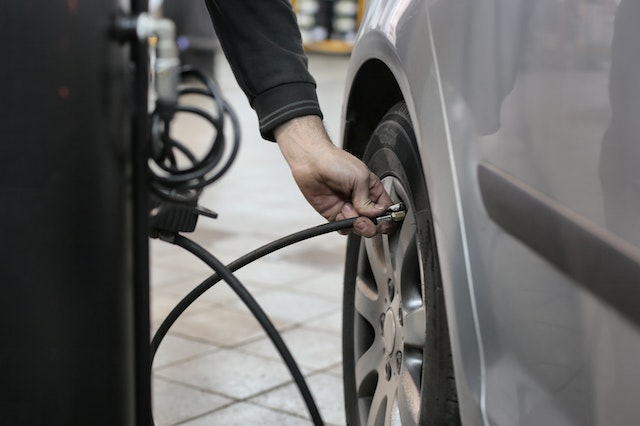
Several factors can affect tire pressure, including:
1. Temperature
Temperature can have a significant impact on tire pressure. As temperatures rise, the air inside the tire expands, leading to higher tire pressure. Conversely, as temperatures drop, the air inside the tire contracts, leading to lower tire pressure. It’s important to check your tire pressure regularly, especially during extreme temperature changes.
2. Altitude
Altitude can also affect tire pressure. As you ascend to higher altitudes, the air pressure outside the tires decreases, which can cause the tire pressure inside the tires to increase. Conversely, as you descend to lower altitudes, the air pressure outside the tires increases, which can cause the tire pressure inside the tires to decrease. This effect is usually small and can be easily compensated for by adjusting the tire pressure accordingly.
3. Driving habits
Driving habits can also affect tire pressure. Rapid acceleration, hard braking, and sharp turns can all cause fluctuations in tire pressure, especially when the tires are already underinflated. It’s important to drive cautiously and avoid sudden movements to ensure optimal tire pressure.
4. Tire age
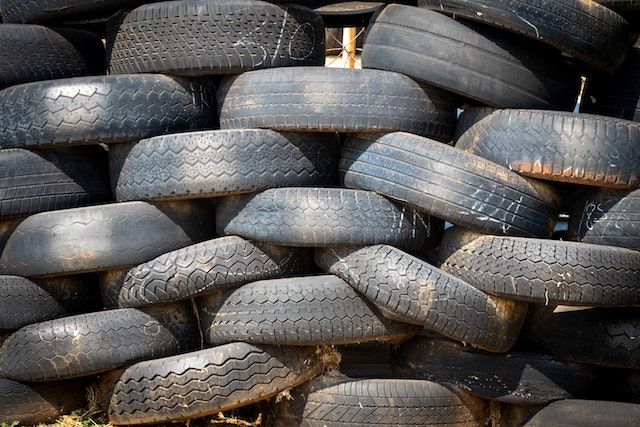
Tire age can also affect tire pressure. As tires age, they become more porous and can lose air more easily. It’s important to check your tire pressure regularly, especially if your tires are more than five years old.
5. Vehicle weight
Vehicle weight can also affect tire pressure. Heavier vehicles require higher tire pressure to support the additional weight. It’s important to check the manufacturer’s recommendations for tire pressure based on your vehicle’s weight.
6. Tire type
Finally, tire type can also affect tire pressure. Different types of tires, such as winter tires or racing tires, may require different levels of inflation. It’s important to check the manufacturer’s recommendations for tire pressure based on your specific tire type.
Frequently Asked Questions (FAQs)
Can I drive with underinflated or overinflated tires?
No, driving with underinflated or overinflated tires is unsafe and can cause decreased handling, increased stopping distance, and tire blowouts. It is crucial to maintain the correct tire pressure for your vehicle.
How often should I check my tire pressure?
It is recommended to check your tire pressure at least once a month or before long trips. It is also crucial to check your tire pressure during changes in weather or altitude.
How do I know the recommended tire pressure for my vehicle?
The recommended tire pressure can usually be found in the owner’s manual or on a sticker located on the driver’s side door jamb.
Can I inflate my tires to the maximum pressure listed on the sidewall?
No, inflating your tires to the maximum pressure listed on the sidewall can lead to decreased handling and increased wear on the tire’s center. It is crucial to follow the manufacturer’s recommended tire pressure.
How do I adjust my tire pressure?
To adjust your tire pressure, use an air compressor to inflate the tire to the recommended level if your tire pressure is too low. If your tire pressure is too high, release air from the tire using the valve stem and recheck the pressure until it reaches the recommended level.
Conclusion
Maintaining the correct tire pressure is crucial for safety, fuel efficiency, and overall vehicle performance. It is essential to check your tire pressure regularly and adjust it to the recommended level.
Following the manufacturer’s recommended tire pressure ensures optimum tire performance and safety. By understanding the importance of recommended tire pressure and how to maintain it, you can keep your vehicle running smoothly and safely.

